 Saint Paul's, Fayetteville
Saint Paul's, Fayetteville
July 21 - 22, 2017
Follow up material
The working packet for the weekend
The newsprint from our work together
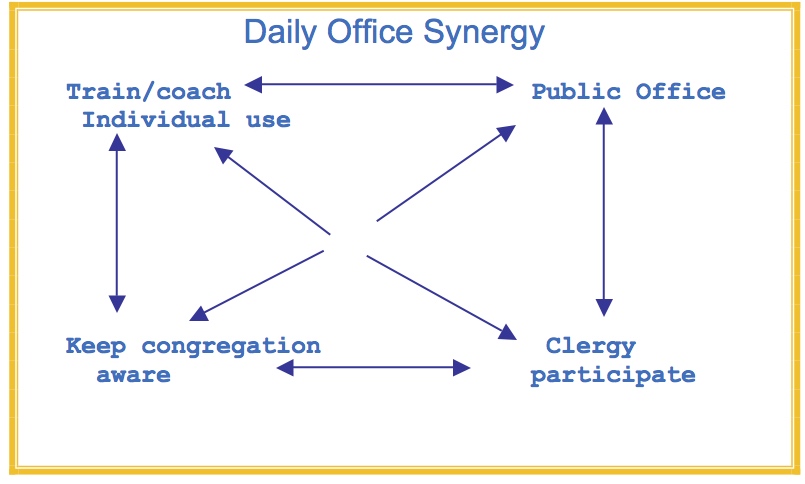 Strengthening the Daily Office
Strengthening the Daily Office
There are a number of resources at the bottom of that page
Increasing Green Lines
A Listening Parish: Improving the Green Lines
Books with examples of "green lines" -- “The Benedictine Promise” in Fill All Things: The Dynamics of Parish Spirituality, By Robert A. Gallagher, Ascension Press, 2008 and Chapter 5 of In Your Holy Spirit: Shaping the Parish Through Spiritual Practice, Robert A. Gallagher, Ascension Press, 2011
Our thoughts
Follow up Readings
The readings below are for your consideration after the July 21 - 22 time of reflection. In each there is a comment to offer you an idea of what the reading covers. The title of each is also a link to the full posting.
The Search Process
Saint Paul’s, Seattle: the search process #1
These days there are multiple strategies in use for a transitional period. We have no idea if any of them are any better than the others or what we used in the past. The increased choice is wonderful. The half thought through strategic thinking going on as we use them is less wonderful.
I don’t think the transition period is really a prime time for renewal. Sometimes it is but mostly it isn’t. Renewal that brings sustainable improvement, increased health and faithfulness, comes with a priest in place. It comes when that priest has the needed competencies and wisdom and the parish is ready. And it comes after years of hard work and common prayer.
The transition period is a time when the parish community may begin to let go of the former rector, take stock of their current situation, and seek a new rector with whom life may be shared in the years ahead. It is by its nature an opportunity to disentangle from existing ways that may no longer serve us and explore new ways. It’s a breathing space. It can be an opening of minds and hearts. Sometimes.
Saint Paul’s, Seattle: the search process #2
While a parish may want to address the out of whack matters over time there are usually more significant matters that need to be faced. Some are obvious to most parish leaders. They are the kind of things that the leaders of most parishes could easily name about their own situation.
There are other significant matters that we only see if we are wearing the correct lens. People trained in fields such as organization development and psychology, ascetical and pastoral theology may see what others miss
Saint Paul’s, Seattle: the search process #3
2. Seek as much ownership as possible among the congregation and vestry.
All too often search committees fold in on themselves. Maybe it’s about wanting to be in control, maybe it’s just feeling overwhelmed. In many cases it’s a lack of competence—few members have training or experience with these things.
The new rector will have to work closely with the vestry and lead a congregation that doesn’t know her. The search committee can provide humble leadership by focusing less on their own opinions and preferences and more on shaping things so the vestry and a critical mass of the congregation, especially those of Apostolic faith and practice, has a sense of ownership in the decisions being made. We want the new rector to arrive out of a process that: a) has appropriately involved the vestry and whole congregation in assessing the parish’s life, b) with a sense that this is really a free choice not rising from habit or pressure, not reactive, and c) has high commitment and is likely to hold well over time and under pressure.
The Honeymoon with the new rector
The Honeymoon: Part I
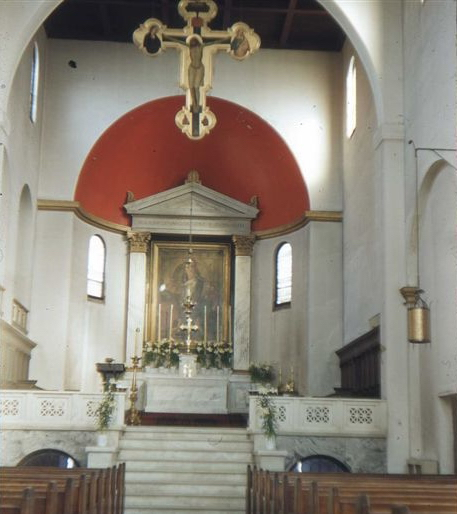 She didn’t survive the honeymoon
She didn’t survive the honeymoon
I think about there being three broad phases in the initial relationship between priest and parish community.
Inflated hopes – Also called “the honeymoon.” The priest tells us how glad he is to be at Saint Mary’s and what a special place it is. We tell the priest we are delighted with his arrival and certain he will provide what we need for this next step on our journey. The focus is on the positive. We give one another the benefit of the doubt. We allow for mistakes. We excuse errors.
The Honeymoon: Part II
 The tentacles of disappointment
The tentacles of disappointment
I thought about how those thirteen priests and parishes were entering into the honeymoon. The honeymoon is not a time of deep trust. You can destroy the honeymoon within weeks. You can also attempt to manipulate the system to extend the honeymoon beyond its natural life. The phase of inflated hopes is necessary and will in most parishes unfold event by event. We don’t really know one another.
Soon enough we begin to know one another. Some of that will be done by the new vicar having meals and coffee with members. Early sermons may include parts of the priest’s story. There will be passing conversations at coffee hour and after weekday Offices and Masses. That’s all necessary. But it’s 10% of what will matter.
The other 90% comes in two ways.
Honeymoon: Part III
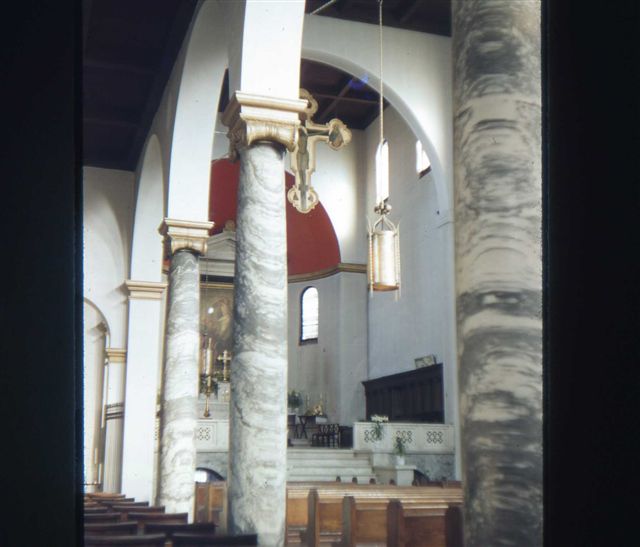 Sharing ourselves – TMI and TLI; personalness and openness
Sharing ourselves – TMI and TLI; personalness and openness
The parish community’s ability to develop trust in the new rector will in large part depend on how the priest shares his or her stories, feelings and thoughts.
In Part II I suggested that 90% of how the priest and congregation come to know one another is in two ways. First, how we manage the initial difficulties that arise in the relationship? And secondly, how we share ourselves, our stories, our feelings and thoughts? Here are a couple of ways of thinking about it.
Honeymoon: Part IV
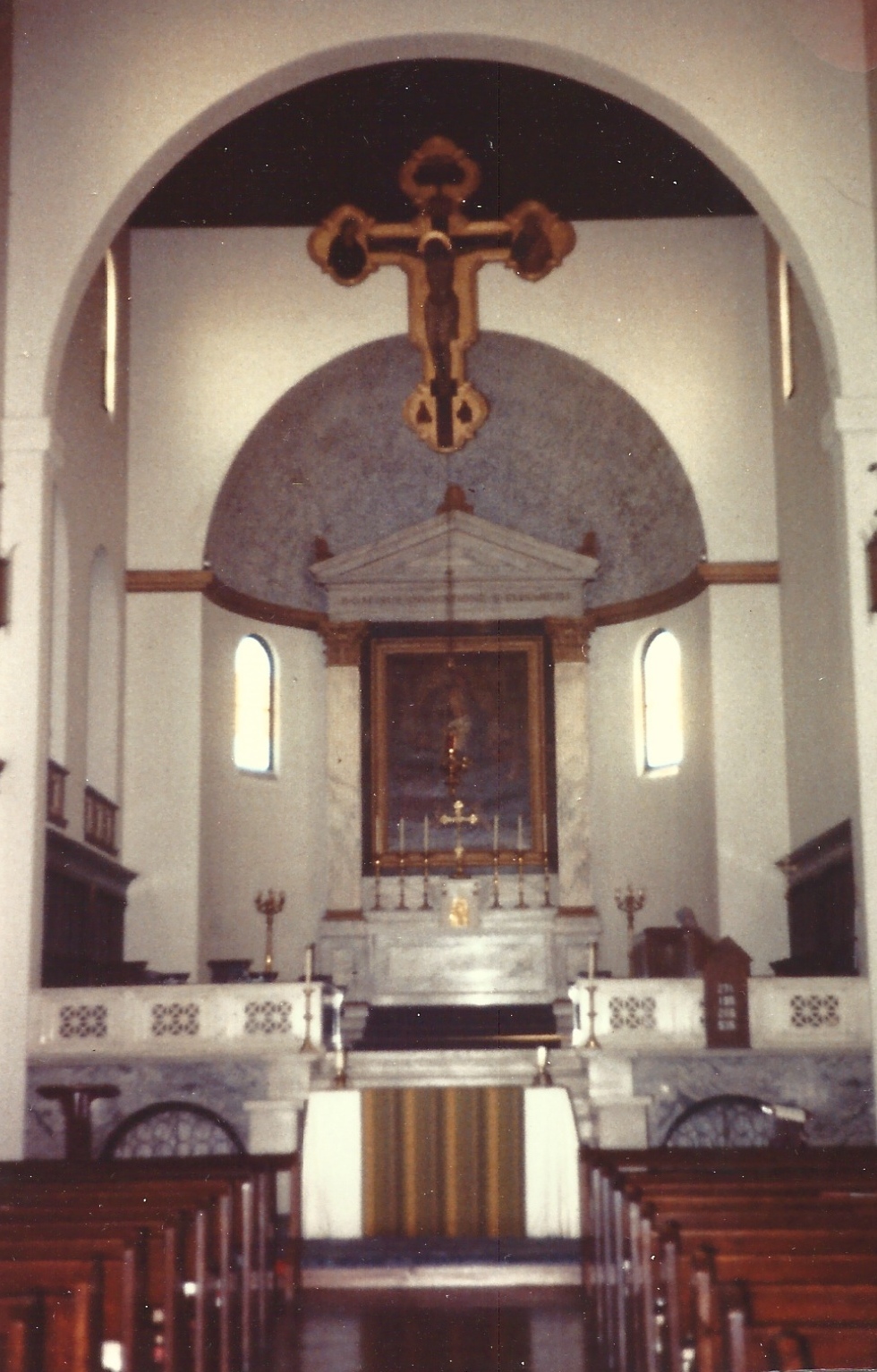 Blindsided
Blindsided
Honeymoon: Part V
 What we need to look for in a parish priest
What we need to look for in a parish priest
So, the new priest has started and the honeymoon is underway. That means the new vicar has some emotional space - right? The new rector will be given the benefit of the doubt - right? The new priest-in-charge will not be getting assessed by members - right?
Well .... The first two - right! The last one - wrong!
People are noticing and assessing immediately. They can't help it. They are having responses to what the new priest does and doesn't do. They notice that the new priest is warmer and friendlier than the last one. They notice the level of skill the new priest has in conducting meetings. There's a necessary, low level of trust offered in giving the benefit of the doubt. That begins to shift right away into a deeper trust (or mistrust) based on decisions being made and encounters experienced. Is the new vicar reliable, responsive, congruent, mutual and connected? Deeper levels of trust are built on those foundations
A Friday night, all day Saturday event, with 25 – 30 parishioners – the rector, the vestry, and others selected by the rector and wardens. All participants are expected to be present for all the sessions. The rector may be asked to step out of the session from time to time.
A time of reflection upon patterns in parish life and conversation about which we may want to strengthen and those that call for change.
To develop a core of parishioners that will engage the transition process with some awareness of deeper and often hidden dynamics in parish life.
This process of reflection will take place prior to any work beginning on the search process itself. We want to keep the two processes separate in time and leadership. We will not be making any decisions about parish life or the transition process. This is an opportunity for reflection.
Advance Reading
Please read the following before we gather on Friday the 21st.
The readings focus on the place of Benedictine spirituality in Anglicanism and especially in the parish church. If we understand something of the dynamics in that spirituality we will better understand the inner life of our own parish.
A Life, Not a Program - Benedictine spirituality is a way of life not a parish program.
The Benedictine Promise and the Dynamics of the Spiritual Life
The Benedictine DNA of the Episcopal Church
Spirituality in the Episcopal Church - From the Diocese of West Virginia
Parish life lacking any sort of contemplative focus
Levels of consulting in the parish
We'd also ask you to read these pieces on "the shape of the parish."
Power from the center pervades the whole - a sermon, August 21, 2011 And an insert in the bulletin
And finally, a one page document on "Transition Dynamics: The Rector's Departure"
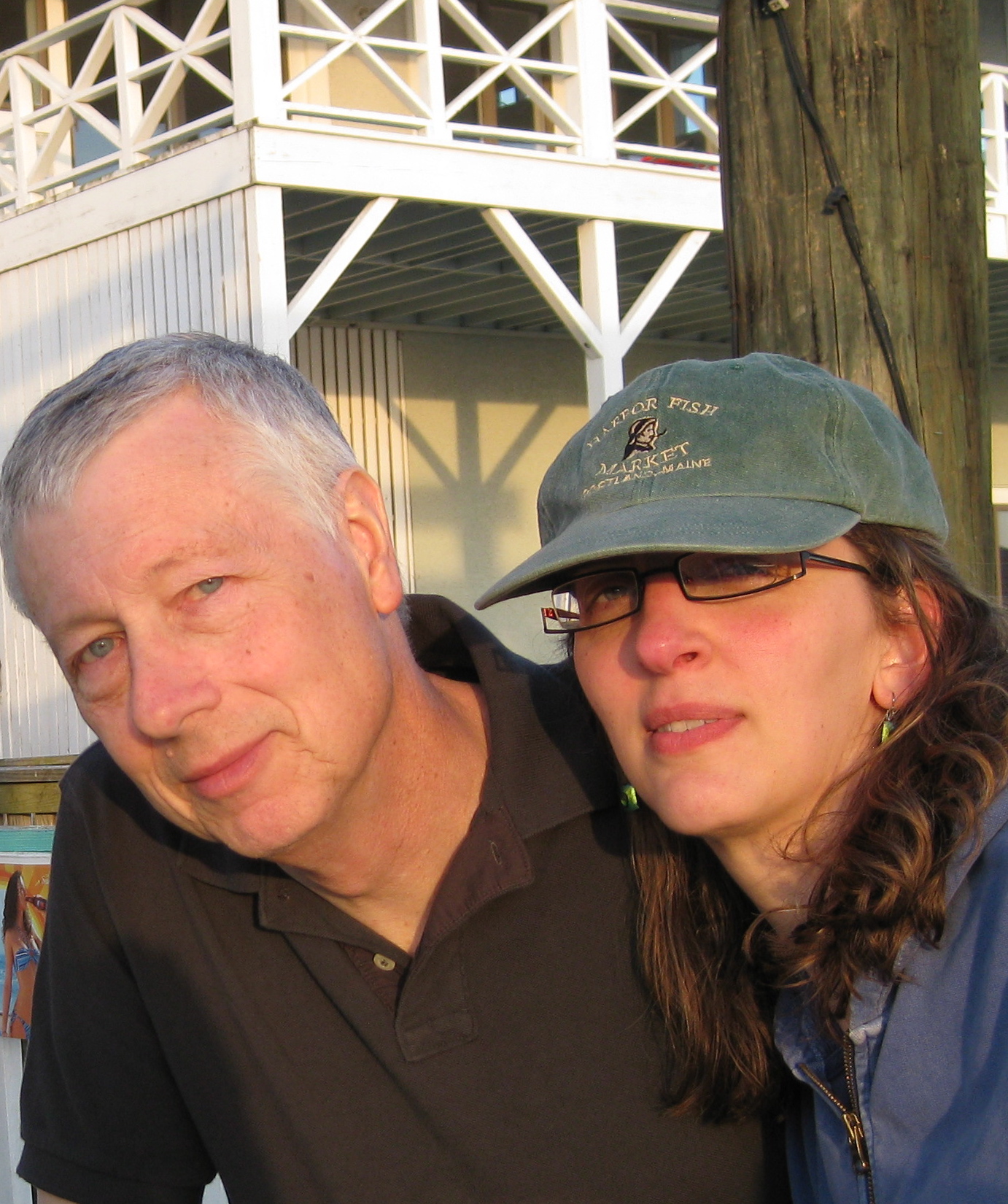 Our consultants
Our consultants
Our consultants are Michelle Heyne, OA and Robert Gallagher, OA.
For more information on Michelle and Bob
Schedule (tentative schedule)
Friday evening 5:30 – 9:00 pm
Dinner
Working session
Compline
Saturday 10:00am – 4:30 pm
Morning Prayer
Working session
Noon Prayers
Lunch
Working session
Evening Prayer
There will also be several meetings in advance of the weekend and just after with the rector and other parish leaders.
We’ll reflect on two primary areas 1) some of the central spiritual dynamics of a parish church and 2) the church's history with past clergy. We’ll also touch on the issues and dynamics common in transition processes. In relationship to all of this we’ll explore the role Father Grisham has played in the parish.